All You Need To Know About Microfiche/Film Scanning
- Details
- Published: Wednesday, 04 March 2015 15:41
Over the past decade or so, the world's focus has been on making everything smaller, more compact and easier to store, from phones and tablets to TVs and music players. A lot of these items also do multiple jobs and the same goes for document storage.
These days when we store documents we typically do this digitally and store them either on our computer hard drive or on an external device which offers more room. These devices are usually only the size of your hand. Long before this however, documents were being stored on microfiche / microfilm which were also about the size of your hand. They were ahead of their time in some senses.
A brief history of microfiche / microfilm
Microfiche and microfilm were even more ahead of their time than most people realise, especially document storage on microfiche has been around since the mid-19th century and the birth of photography itself. However, it came to more prominence in the 1920s and 1930s when the Library of Congress micro-graphed around 3 million pages from books in the British Library. Though microfiche and microfilm are still used spuriously, they are now all but obsolete due to digital conversion and a lack of support for the machines that view them.
Differences between microfiche and microfilm
Both microfiche and microfilm contain negative films but microfiche contain them in a sleeve of either 16mm, 35mm or a combination of both. Microfilm are contained in a film reel which can store considerably more images.
Choosing the right type of Microfiche / Microfilm
The above examples are fairly typical of the different varieties of microfiche and microfilm that are out there but, if you're interested in having them digitised, it's important to know which type you have. Converting a COM fiche can cost significantly different compared to converting a 16mm microfilm or an aperture card.
Types of Microfiche and Microfilm
Though there are only a few varieties of microfiche and microfilm it can be fairly easy to get them mixed up. Below is a brief explanation of each of the microfiche varieties so you can see which type(s), you have:
 16mm Microfiche
16mm Microfiche
One of the more common microfiche is the 16mm microfiche. They can hold over 60 images, all captured on small negative film. Details of what is on the microfiche can be found on its jacket, usually with a reference number.
What is contained on 16mm microfiche? 16mm microfiche can hold general documents between the paper sizes of A5 and A3. These can be financial files, manuals or anything of that paper size.
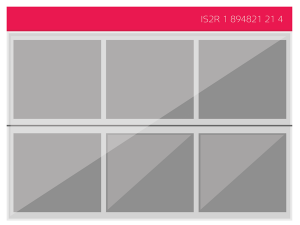 35mm Microfiche
35mm Microfiche
35mm microfiche has more specific uses than 16mm microfiche. Holding a maximum of 6 images per sleeve, they contain larger format images usually things like architect drawings etc.
What is contained on 35mm microfiche? As mentioned 35mm microfiche is known to primarily hold architects drawings but has also been known to hold broadsheet newspapers and anything above A3 in size.
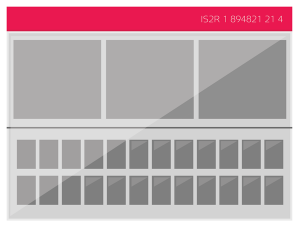 Combi Microfiche
Combi Microfiche
Combi microfiche are much rarer and hold a mixture (as the 'combi' suggests) of 16mm and 35mm microfiche. They can usually hold three 35mm microfiche and two-three rows of 16mm but are the same size as both microfiche types.
What is contained on combi microfiche? A mixture of both large format things like drawings and plans plus A4 documentation to go with them.
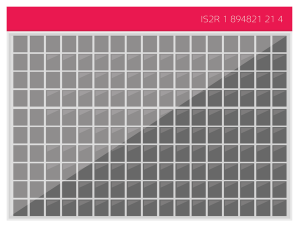 COM Microfiche
COM Microfiche
COM microfiche are even rarer that 16mm, 35mm and combi microfiche. They can hold considerably more images with each sleeve containing around 270 images.
What is contained on COM microfiche? COMs are typically used in a corporate environment to store and archive mainframe or computer generated reports and data.
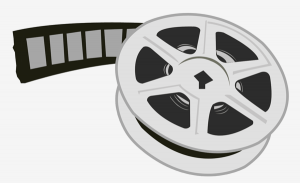 16mm Microfilm
16mm Microfilm
The most common microfilm to be found is the 16mm microfilm. This format holds more than 2,400 images of around A4 in size and more than 10,000 A5 sized images. This makes them perfect for archiving and storing a considerable amount of paper documents.
What is contained on 16mm microfilm? Typically A4 documents but also smaller documents.
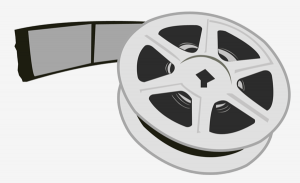 35mm Microfilm
35mm Microfilm
To store and view large amounts of large format images, 35mm microfilm was the preferred form. They can hold more than 600 large format drawings or plans and upwards of 800 broadsheet newspaper pages.
What is contained on 35mm microfilm? Usually large format drawings but anything above A3 in size typically.
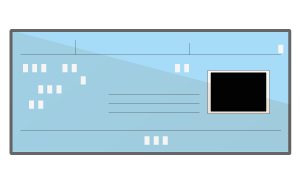 Aperture Cards
Aperture Cards
We're not trying to fool you here, we know aperture cards are not technically part of either the microfiche or microfilm family but they are very similar because they store a large image in a small enclosure. In this case, they contain one large format 35mm image in a card or sometimes plastic enclosure.
What is contained on an aperture card? They are almost exclusively large format drawings and plans.
What to expect from having your fiche / film scanned
Microfiche and microfilm were originally brought about from a need to get an exact copy of the original document which can be viewed at any time and yet stored in a smaller, more compact and convenient fashion. However, their purpose is now redundant due to the introduction of scanning and digitisation.
When the microfiche or microfilm are scanned they will be duplicated digitally before being converted into your chosen format, whether that be PDF, JPEG or TIFF. Before this full conversion takes place there are a number of other options which can be applied to the digital image.
Indexing
Documents can be indexed by a range of data including reference number and name which can be found on the microfiche sleeve or on the film reel. This makes it quick and easy to search and find the document you need.
OCR
OCR (Optical Character Recognition) is the process of making your document fully text-searchable. This is especially useful if you want to search for things within the documents themselves rather than just relying on the indexing. The quality of the OCR will always rely on the quality of the original film.
Download our guide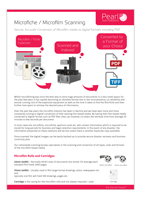
For more information on microfilm and microfiche scanning, we have a downloadable guide for you to read through and share with your colleagues so help you get savvy on scanning films.
Here at Pearl Scan, we offer a fully bespoke microfiche and microfilm scanning service so if you would like some more information on the full range of services we offer, get in touch today.
Request a Quote | Contact Us | This email address is being protected from spambots. You need JavaScript enabled to view it.
The Scan-do Peopletm
For more information feel free to give us a call:
Nationwide: 0845 22 55 923 London: 0207 183 1885
Manchester: 0161 832 7991 Birmingham: 0121 285 1900




